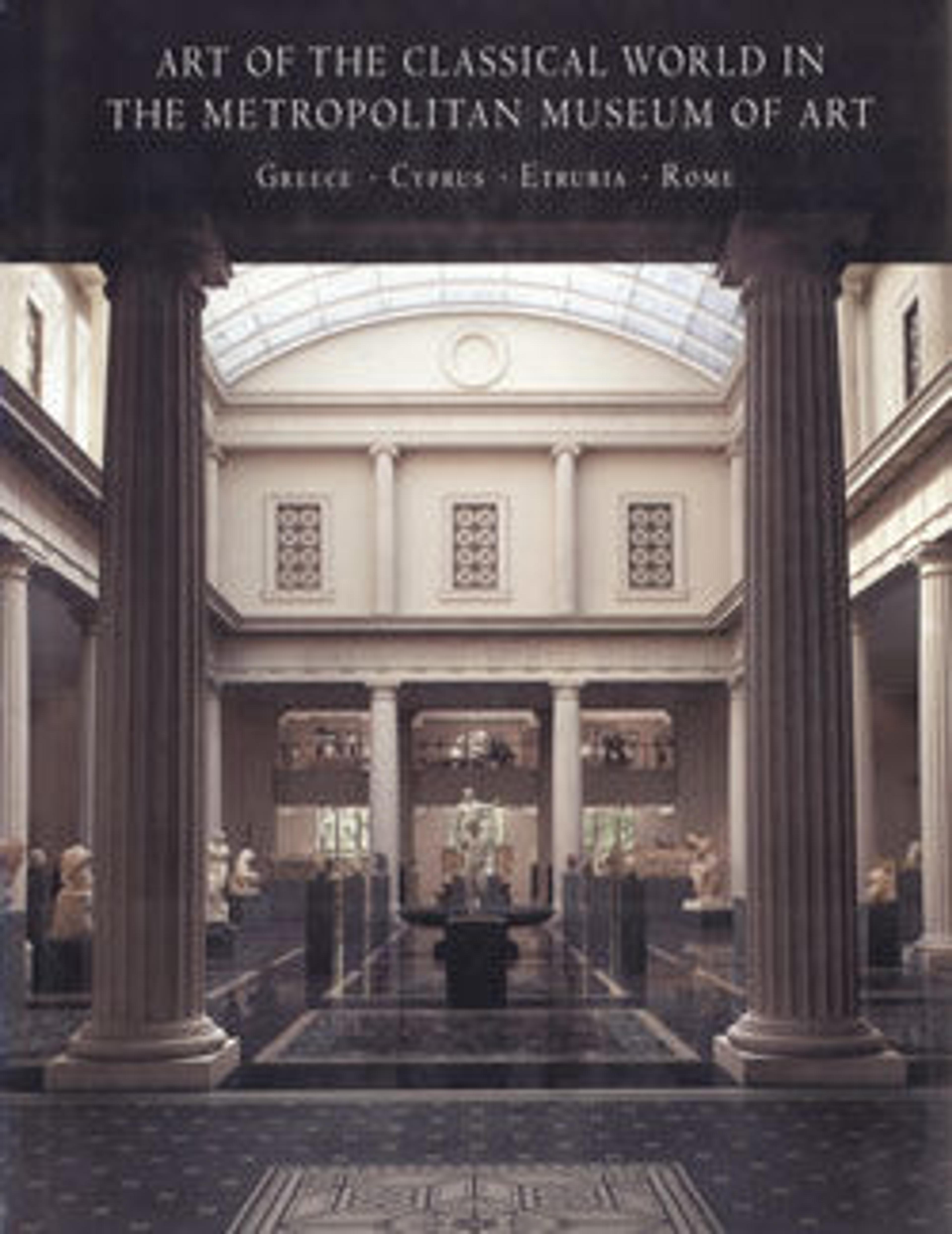Marble stele (grave marker) of a woman
This noble image of a woman brings to mind the philosopher Aristotle's description of commonly held beliefs about the dead: "In addition to believing that those who have ended this life are blessed and happy, we also think that to say anything false or slanderous against them is impious, from our feeling that it is directed against those who have already become our betters and superiors" (Of the Soul, quoted in Plutarch, A Letter to Apollonius 27). Larger than life and seated on a thronelike chair, this figure assumes almost heroic proportions.
Artwork Details
- Title: Marble stele (grave marker) of a woman
- Period: Late Classical
- Date: mid-4th century BCE
- Culture: Greek, Attic
- Medium: Marble
- Dimensions: H. 48 1/16 in. (122 cm)
- Classification: Stone Sculpture
- Credit Line: Harris Brisbane Dick Fund, 1948
- Object Number: 48.11.4
- Curatorial Department: Greek and Roman Art
More Artwork
Research Resources
The Met provides unparalleled resources for research and welcomes an international community of students and scholars. The Met's Open Access API is where creators and researchers can connect to the The Met collection. Open Access data and public domain images are available for unrestricted commercial and noncommercial use without permission or fee.
To request images under copyright and other restrictions, please use this Image Request form.
Feedback
We continue to research and examine historical and cultural context for objects in The Met collection. If you have comments or questions about this object record, please contact us using the form below. The Museum looks forward to receiving your comments.
